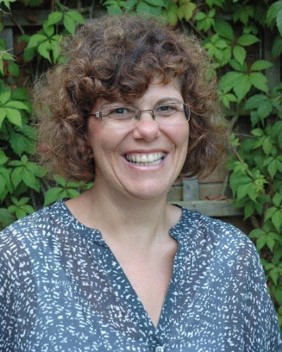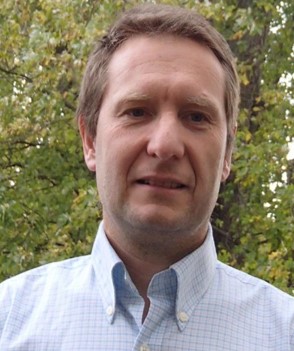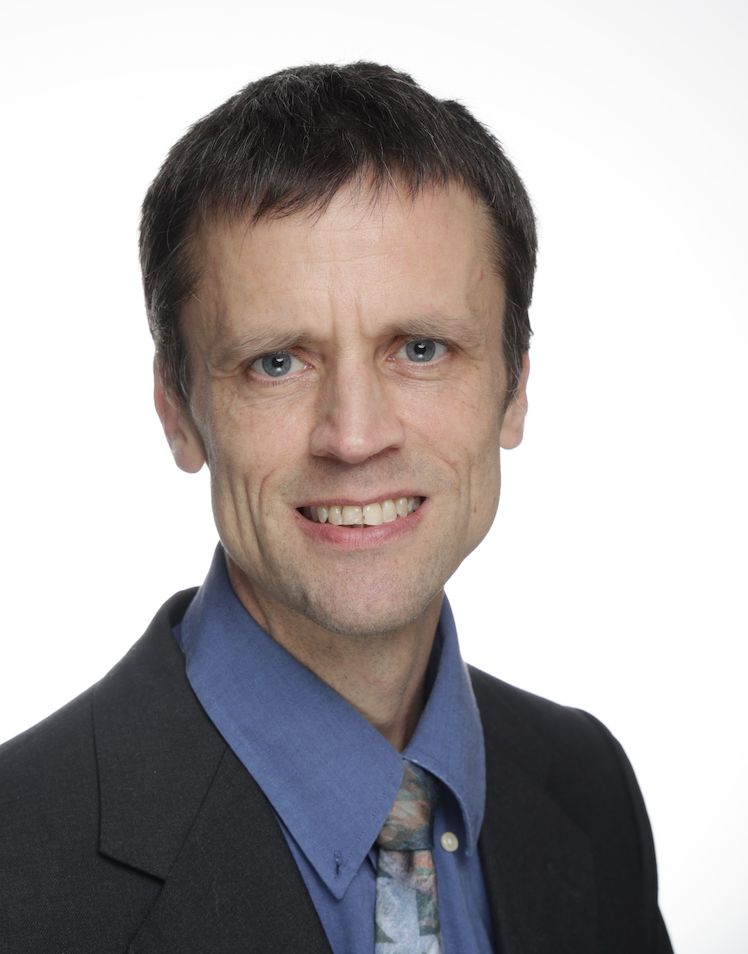OFC 2024 reflects a mature industry with new offshoots
 Friday, February 16, 2024 at 4:18PM
Friday, February 16, 2024 at 4:18PM - The three General Chairs preview the upcoming Optical Fiber Communications (OFC) conference and discuss photonics developments and trends.
- The General Chairs' role is to choose the plenary speakers, programme theme, and conference schedule.
- OFC takes place during March 24th-28th in San Diego, CA.*
Photonics, at least for traditional applications, has become a mature industry. So says Professor Dimitra Simeonidou, one of this year's OFC General Chairs.
 Professor Dimitra Simeonidou
Professor Dimitra Simeonidou
By traditional, Simeonidou is referring to classical optical communications.
But she also stresses new developments: the use of optical fibres for environmental sensing, optics for satellites, and quantum.
"Quantum is like a micro-OFC," says Simeonidou. "You have issues from technology to subsystem to system applications now appearing in the OFC programmes."
OFC has struggled to attract the quantum community in the past. Now, OFC has many paper submissions and is reporting advancements. One of OFC's plenary speakers, Indermohan (Inder) Monga, is addressing quantum and runs a sizeable U.S. quantum infrastructure programme.
Roland Ryf at Nokia Bell Labs, another General Chair, notes the growing interest in optical fibre with developments such as hollow-core and multi-core fibres. "And related to that, it is still very useful to try to increase the capacity of the fibre using extended-band amplifiers," says Ryf.
He says fibre is an example of an established topic critical for optical communications.
Plenary Session
Infinera's Chris Fludger, the third General Chair, says OFC is too broad to have one overarching theme. But OFC's plenary session hosting the keynote speakers is the closest the three Chairs came to a shared focus.
In his keynote, Microsoft's David Richardson will address optical fibre technologies for future networks. Richardson is the 2024 recipient of the John Tyndall Award for his optical fibre work.
Anita Döhler of the Next Generation Mobile Networks Alliance (NGMN) will address 6G and its impact on the network, while Monga will use his talk to discuss quantum networking.
Monga is the director of the scientific networking division at Berkeley Lab and is the Energy Sciences Network (ESnet) executive director.
"These were the important topics that we felt we wanted to deliver regarding the plenary talks," says Fludger.
Rump Session
"How Much Optics Does AI Need?" is this year's OFC Rump Session title.
 Roland Ryf
Roland Ryf
"Machine learning is getting increasingly important in all aspects of our lives," says Ryf. "There is so much that optics can offer to accelerate and improve machine learning."
Ryf is referring not just to optics for networking - optical input-output (I/O) and optical circuit switching - but also optics to address AI's vast and ever-increasing computational requirements. He believes this is an area ripe for development.
The Rump Session will be held on the Tuesday (March 26th) at 7:30 pm.
Learning opportunities
The Chairs have their own interests at OFC.
 Chris Fludger
Chris Fludger
Fludger is looking for integration developments for 400-gigabit, 800-gigabit and 1.6-terabit optics. He is interested in coherent modem components and system developments supporting symbol rates of 200 gigabaud and more.
Fludger also wants to understand how coherent optics is advancing at the network edge and even within the data centre.
Simeonidou says one OFC first is a workshop dedicated to Generative AI for optical networks. Simeonidou remains undecided about the topic but will attend: "We may hear some interesting things about its suitability and applications."
Ryf notes how multi-core fibre is now commercially available. "It will be interesting to see what the industry is doing with this," he says.
Ryf is also looking for the latest photonics developments, such as pluggable modules. "Whenever they become commercially available, you always love to get hold of them and play with them in our labs," says Ryf.
OFC 2024: A year of buzz?
Simeonidou reflects on the changing nature of optical communications.
She recalls when optical communications was an exciting and young industry. "When we were going to places like OFC, we could see many start-ups and spin-out companies and all the buzz around this," she says. The sector has become mature in recent years, dominated by traditional companies.
"It feels many times that things are evolutionary rather than revolutionary," she says. "I don't see that translation of research into young companies that bring a lot of energy into the sector."
Each time she goes to OFC, she hopes to see companies with people fresh from universities proposing interesting products outside the roadmaps of the big companies and filling the show with excitement.
"Let's see if we will see some of these things this year. Who knows?" says Simeonidou.
Biographies
Professor Dimitra Simeonidou is an academic at the University of Bristol specialising in high-performance networks. She has two roles: as director of the Smart Internet Lab, which has 200 researchers, and as a co-director of the University's Institute of Digital Futures, an interdisciplinary institution.
Her expertise includes optical networking, 5G and 6G, convergence between communications and computing, and communications and sensing. "My interests are around any topic of networking that deals with complexity, heterogeneity, and scale," she says.
A physics graduate, Simeonidou has spent her career in telecoms, industry and academia. She is also a co-founder of three companies, spin-outs of the University of Bristol.
Chris Fludger heads Infinera's digital signal processor (DSP) department and is based in Germany. He specialises in system design and digital signal processing, and his areas of focus are chips for pluggable modules and point-to-multipoint networks. Before Infinera, Fludger worked at Cisco, CoreOptics, Nortel, and STC.
Roland Ryf is a head of department at Nokia Bell Labs focussing on advanced photonics. Ryf's work includes fibre switches with 1,000 ports, and optical devices. He and his team have also been working on space division multiplexing.
Current work includes fibre sensing and quantum work, such as communicating over very lossy channels. "With deep space communications, you only get a few photons back, which you try to use to transmit information," he says.
Ryf has worked at Bell Labs for 24 years. "My company has changed names three times - Lucent, Alcatel-Lucent, and now Nokia - but I'm still working for Bell Labs," he quips.



Reader Comments